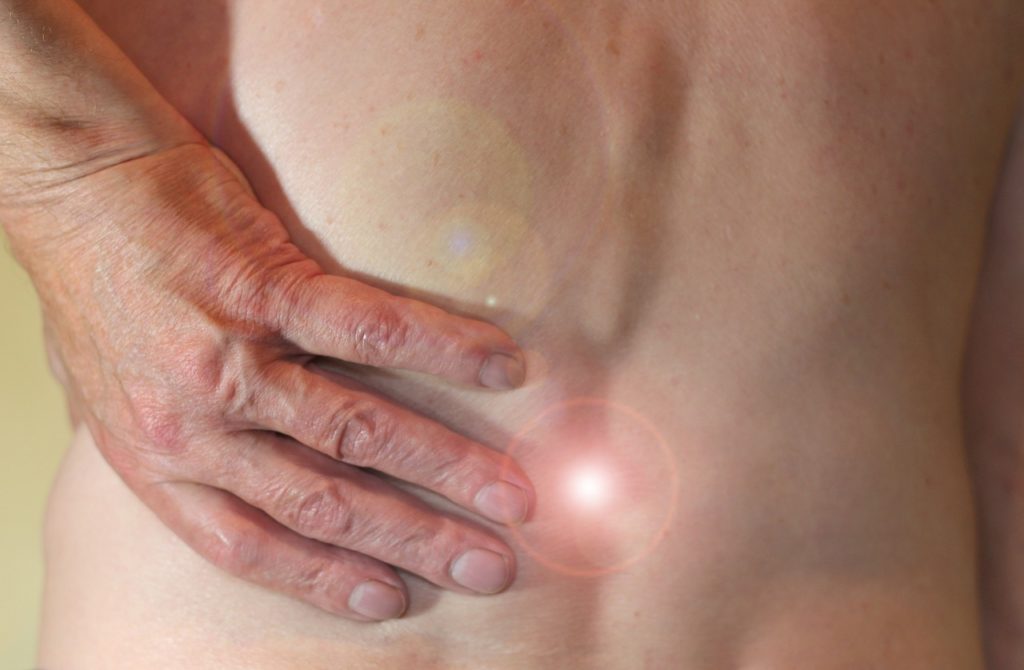6 Reasons Why Neck and Back Pain Are So Common
Neck and back pain are so common in our society that we have accepted it as a fact of life. If you get several people together in a room, the majority will have experienced this pain at one point in their lives, and they may still be experiencing it.
So why is it so common? Many reasons exist, and will be discussed in what follows:
- Humans are Bipedal – Research has pointed to an evolutionary cause for neck and back pain. These researchers suggest that being bipedal – walking upright on two feet – contributes to the pain. Scientists have compared our backs to animals who walk on four legs, and they have noted that the vertical nature of humans results in our backs carrying more weight in the lower parts. This then results in arthritis from joints that get damaged, as well as disc damage. This is because your neck must hold up the weight of your head. Your lower back must hold up the weight of all of your spine. As a result, these researchers suggest that this increases the likelihood for back pain. While this may definitely play a role in neck and back pain, there are many other factors as well.
- Lifestyle Choices – Other hypotheses include more sedentary lifestyles (sitting too much), and the use of softer mattresses (which don’t provide adequate support to the spine) as culprits. They suggest that being less active results in weakening of the back muscles, which increases the risk of back pain, and an increased risk of continued back pain long term. Not only this, but more sedentary lifestyles result in obesity. Abdominal weight gain puts more stress on the lower back. Neck pain, for example, can be simply the result of sleeping on a non-supportive pillow.
- Increased Time Spent Sitting at Desks – In the case of neck pain, increases in sitting at desks for a long time working on computers, has resulted in something dubbed “tech neck.” This term is used to describe neck pain attributed to long hours using technology. In addition, people keep their necks flexed for prolonged periods, while looking at the screens of their tablets and smartphones. This all contributes to increased neck pain.
- Aging and Injuries – As you already know, your neck and back are composed of many parts – from vertebral bones that can fracture in an accident or due to osteoporosis (thinning) of bones, discs that become less spongy as you age thereby becoming less effective shock absorbers, and muscles that can be pulled and strained. Nerves can become entrapped due to arthritic changes in the spine. So many things can occur, and as you age and/or are injured, the chances of neck and back pain increase.
- Use of Your Arms – Because you can use your arms for carrying and holding things, you can overload them at times. You can move furniture, appliances, and other heavy items using your arms. Unfortunately, if you also use the wrong lifting techniques and lift too much weight, this puts extra stress on your back, putting you at high risk of an injury.
- Psychosocial Issues – A lot of people still have the misconception that if your back is sore, you should rest. This has actually been disproven, and studies have shown that regular activity and exercise can result in a speedier recovery. Getting back to activity quickly ensures that the muscles and bones don’t deteriorate from inactivity. In addition, some people experience high anxiety as a result of their back pain, which can actually make the back pain worse as it results in tense muscles and fear of movement.
To summarize, there are many reasons why people suffer back and neck pain in this day and age. Some may be more evolutionary in nature, while others have to do with technological advancements and the related poor postures that we have taken on.

Article by Kathy Lawrence, PT, DPT
Kathy Lawrence has 20 years of experience as a Physical Therapist. Kathy received her Masters of Physical Therapy in 1999 from the University of Wisconsin – Madison. Then followed up with her Doctorate Degree in Physical Therapy in 2008 from A.T. Still University. She prides herself in her focus on Healthy Aging. Whether it’s wellness, pain management, or helping recover from an injury Kathy has been instrumental in keeping our aging population on their feet.


